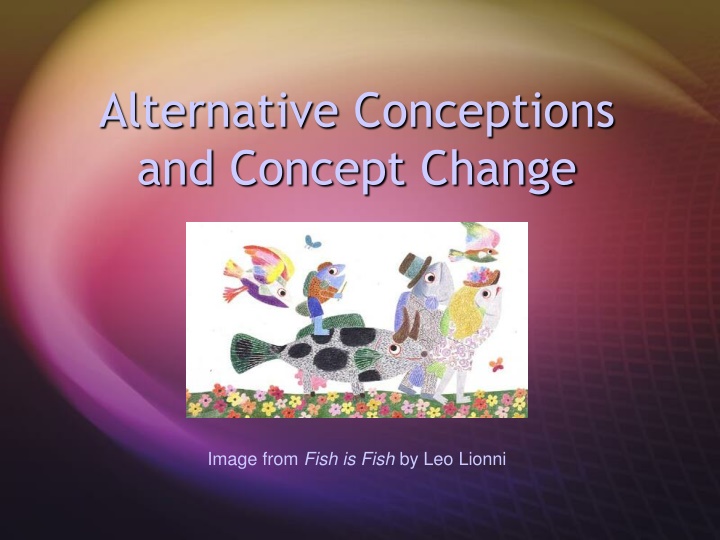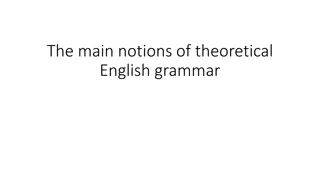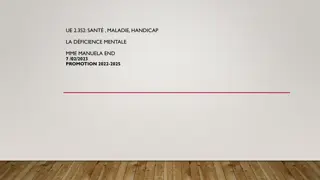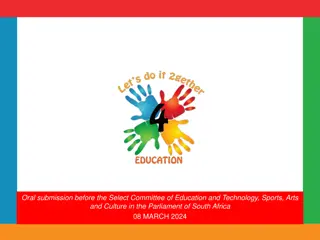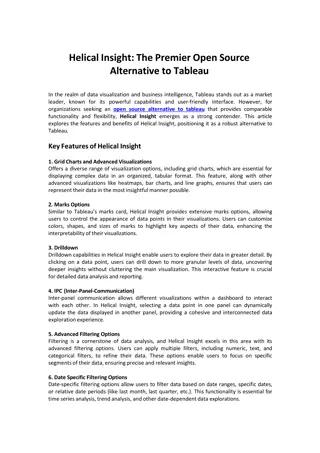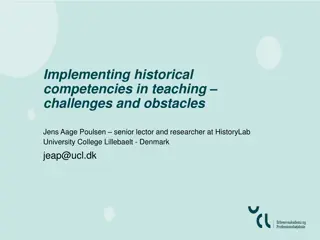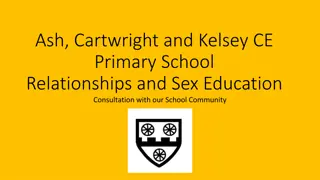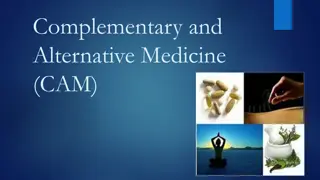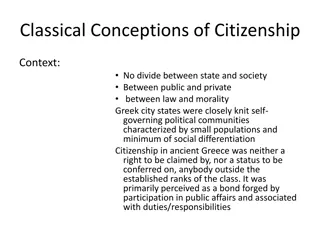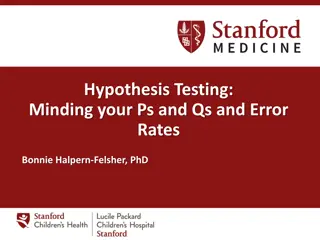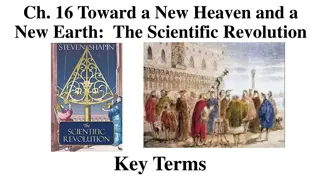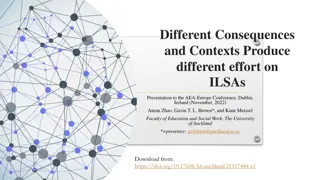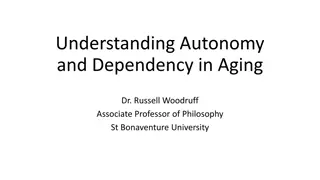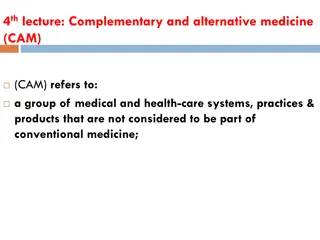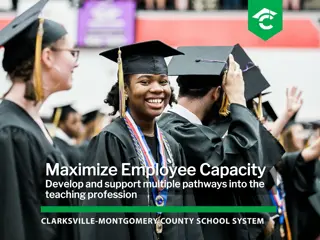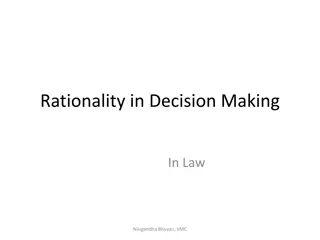Alternative Conceptions in Education
Students bring alternative conceptions to school, shaping their learning experiences. Examples from literature and mechanics illustrate how prior knowledge influences new understanding. Research emphasizes the significance of addressing alternative conceptions for effective science teaching.
Download Presentation

Please find below an Image/Link to download the presentation.
The content on the website is provided AS IS for your information and personal use only. It may not be sold, licensed, or shared on other websites without obtaining consent from the author.If you encounter any issues during the download, it is possible that the publisher has removed the file from their server.
You are allowed to download the files provided on this website for personal or commercial use, subject to the condition that they are used lawfully. All files are the property of their respective owners.
The content on the website is provided AS IS for your information and personal use only. It may not be sold, licensed, or shared on other websites without obtaining consent from the author.
E N D
Presentation Transcript
Alternative Conceptions and Concept Change Image from Fish is Fish by Leo Lionni
Alternative Conceptions Students come to school with alternative conceptions of the real world - they are not tabula rasa or empty vessels. Alternative conceptions are: naive attempts to explain the natural world. highly resistant to change. strongly influence new learning. Can you think of any?
Fish is Fish Fish Is Fish (Lionni, 1970) describes a fish who is keenly interested in learning about what happens on land, but the fish cannot explore land because it can only breathe in water. It befriends a tadpole who grows into a frog and eventually goes out onto the land. The frog returns to the pond a few weeks later and reports on what he has seen. The frog describes all kinds of things like birds, cows, and people. The book shows pictures of the fish's representations of each of these descriptions: each is a fish-like form that is slightly adapted to accommodate the frog's descriptions--people are imagined to be fish who walk on their tailfins, birds are fish with wings, cows are fish with udders. This tale illustrates both the creative opportunities and dangers inherent in the fact that people construct new knowledge based on prior knowledge.
Examples from Mechanics Under the influence of constant force, objects move with constant velocity. The velocity of an object is proportional to the magnitude of the applied force. In the absence of a force, objects are either at rest or, if moving, are slowing down. Heavier objects fall faster. If an object is at rest, it cannot be accelerating.
Definitions Alternative conceptions - alternative ways of understanding or explaining natural phenomena. Preconceptions - with the nuance that these existed previous to a student coming to class. Misconceptions - with the nuance that these are developed in class. Quasiconceptions - with the nuance that these are correct under certain conditions.
Classifications Under the influence of constant force, objects move with constant velocity. The velocity of an object is proportional to the magnitude of the applied force. In the absence of a force, objects are either at rest or, if moving, are slowing down. Heavier objects fall faster. If an object is at rest, it cannot be accelerating.
Research-based Claims Eight research-based claims on a review of 2,600 published articles Based on the work of Wandersee, Mintzes, & Novak Research on Alternative Conceptions in Science, published in the 1994 edition of Handbook of Research on Science Teaching and Learning, D. Gabel, ed.
Research-based Claim 1 Learners come to formal science instruction with a diverse set of alternative conceptions concerning natural objects and events. Physics Chemistry Biology Earth Science
Research-based Claim 2 The alternative conceptions that learners bring to formal science instruction cut across age, ability, gender, and cultural boundaries.
Research-based Claim 3 Alternative conceptions are tenacious and resistant to extinction by conventional teaching strategies.
Research-based Claim 4 Alternative conceptions often parallel explanations of natural phenomena offered by previous generations of scientists and philosophers.
Research-based Claim 5 Alternative conceptions have their origins in a diverse set of personal experiences including direct observation and perception, peer culture, and language, as well as in teachers explanations and instructional materials.
Research-based Claim 6 Teachers often subscribe to the same alternative conceptions as their students.
Research-based Claim 7 Learners prior knowledge interacts with knowledge presented in formal instruction, resulting in a diverse set of unintended learning outcomes. the alcoholic and the prohibitionist the boy who called wolf
Research-based Claim 8 Instructional approaches that facilitate conceptual change can be effective classroom tools cooperative learning inquiry discovery discrepant events
Concept Change Concept change occurs when alternative conceptions are directly addressed - not merely papered over. Only by properly addressing alternative conceptions can physics teachers hope to make any lasting change in conceptual understanding of students.
Traditional Approach Three steps: Elicit-Confront-Resolve This approach is inadequate to producing required concept change as evidenced by FCI scores on new versus experienced Modelers hypothetically due to the fact that it does not take into account what we have learned about the learner s brain thru cognitive psychology.
Modified Approach to Working with Alternative Conceptions Elicit Confront Resolve Reinforce new learning
Before one can elicit, one must know alternative conceptions Handbook for Research on Science Teaching and Learning Operation Physics Handbook Physics begins with an M Physics begins with another M Children s Ideas in Science C3Phttp://phys.udallas.edu/altconcp.html
Elicit Alternative Conceptions Recognize that alternate conceptions exist. Probe for students alternative conceptions through demonstrations, questions, and whiteboarding. Ask students to clarify their statements.
Confront Alternative Conceptions Identify an alternative conception as such and explain its power to mislead. Provide contradictions to students' alternative conceptions through questions, implications, and demonstrations. Encourage discussion, urging students to apply physical concepts in reasoning. Ask about possible source(s) of alternative conception(s).
Resolve Alternative Conceptions Foster replacement of alternative conception with: questions, thought experiments, demonstrations, hypothetical situations, and experiments designed to test hypotheses. State that students must not be misled and they should divorce themselves from the alternative conception.
Reinforce New Learning When one develops new understanding, one does not extinguish prior learning. There are now two competing concepts in one s mind. To address alt. conceptions effectively, teachers must reinforce the pathway that leads to the correct understanding. Periodically re-evaluate students' understanding by posing questions.
